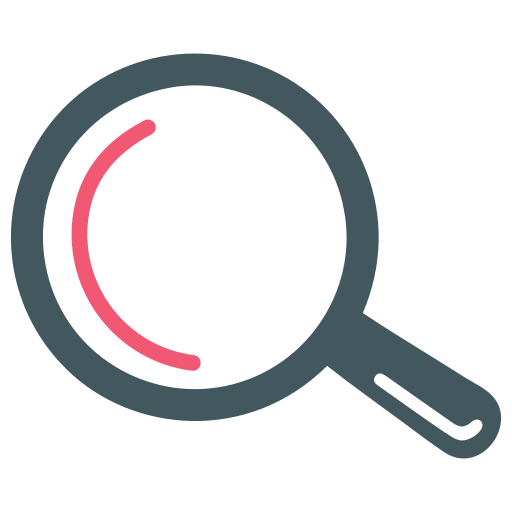
 Renewal Forecasting is a strategic process used in customer success management to predict the likelihood of existing customers renewing their contracts or subscriptions. This forecasting is crucial for businesses that operate on a subscription-based model, such as SaaS (Software as a Service) companies, where predictable revenue streams are vital for sustained growth and stability.
Renewal Forecasting is a strategic process used in customer success management to predict the likelihood of existing customers renewing their contracts or subscriptions. This forecasting is crucial for businesses that operate on a subscription-based model, such as SaaS (Software as a Service) companies, where predictable revenue streams are vital for sustained growth and stability.
The process involves analyzing historical data, customer usage patterns, satisfaction levels, and other relevant metrics to estimate future renewal rates.
By effectively predicting renewals, companies can better allocate resources, enhance customer engagement strategies, and ultimately increase retention rates.

 Case Study: XYZ Software Inc.
Case Study: XYZ Software Inc.
XYZ Software Inc., a SaaS provider for project management tools, implemented a renewal forecasting system to better predict and enhance their renewal rates. By analyzing customer usage data, support ticket frequency, and satisfaction survey results, they were able to identify key factors influencing renewals. The forecasting model predicted a 75% renewal rate for the next quarter, but by targeting at-risk customers with personalized engagement plans, they improved the actual renewal rate to 83%.
 To effectively implement renewal forecasting in your business, consider the following best practices:
To effectively implement renewal forecasting in your business, consider the following best practices:
 For further reading and more in-depth understanding of renewal forecasting and its implementation, the following resources are recommended:
For further reading and more in-depth understanding of renewal forecasting and its implementation, the following resources are recommended:
Implementing effective renewal forecasting can significantly impact the stability and growth of subscription-based businesses by enabling more accurate financial planning and proactive customer success initiatives.
Renewal forecasting is the process of predicting the likelihood of customers renewing their contracts or subscriptions with a company. It involves analyzing historical data, customer behavior, and other relevant factors to estimate future renewal rates and revenue. This helps businesses in planning and strategizing for customer retention and growth.
Renewal forecasting is crucial as it provides insights into expected revenue, helping companies to manage cash flow and allocate resources efficiently. It also allows customer success teams to identify at-risk accounts early, enabling proactive engagement to improve retention rates.
Data used in renewal forecasting includes customer usage statistics, support ticket history, satisfaction scores, payment history, contract length, and any upsell or cross-sell successes. This comprehensive view helps in accurately predicting renewal outcomes.
To enhance the accuracy of renewal forecasting, companies should integrate diverse data sources, apply advanced analytics models, and continuously update their forecasts based on new customer interactions and feedback. Regular training for the customer success team on the latest tools and techniques is also beneficial.
Yes, there are several customer relationship management (CRM) and customer success platforms that offer features specifically for renewal forecasting. These tools typically provide analytics, reporting capabilities, and predictive modeling to help businesses forecast renewals more effectively. Examples include Salesforce, Gainsight, and Totango.
Is your Net Promoter Score a reliable metric to measure what customers think of your business, or is it biased? This is a common question that can be particularly worrying for small businesses that already have close relationships with their customers.
Managing customer retention rates is an incredibly important part of growing a sustainable business. Winning a new customer is wonderful, watching an existing customer that you have acquired switch to a competitor, not quite so much. A very common approach to growth is to focus on new customer acquisition.
We're happy to introduce our new feature for Callexa Feedback, the email widget. With this widget you are able to implement your NPS survey to your emails, newsletter or other mailing services. In order to add the widget to your emails you can find the button "Embed Survey" at the integrations overview. Choose "Embed into HTML email" to receive the HTML code.
NPS is more than just a metric; it's a strategic tool that can drive business growth by providing actionable insights into customer behavior. High NPS scores are often correlated with increased customer loyalty, higher retention rates, and positive word-of-mouth referrals.
NPS is a valuable tool for measuring customer loyalty and satisfaction. By understanding and acting on NPS data, businesses can enhance customer experiences, increase retention rates, and drive growth. Implementing NPS involves thoughtful survey design, robust data analysis, and a commitment to customer-centric practices.
In today's highly competitive business landscape, understanding customer behavior is paramount to success. One effective method for predicting and analyzing customer behavior is through Net Promoter Score (NPS).
Collecting customer feedback is essential to building a profitable business. The background is explained quite simply. Because if you don't know what your customers think of your brand or products, you don't know when you're falling short of expectations and requirements. At the same time, you don't know why certain customers are happy with your company, nor who those customers are.
Discover how Net Promoter Score (NPS) can boost your sales and growth. Learn the benefits of customer loyalty and how a higher NPS leads to increased retention, better word-of-mouth, and competitive advantages.
Discover how NPS boosts customer growth: enhancing retention, identifying improvement areas, driving referrals, increasing lifetime value, and perfecting experiences. Learn to leverage these insights for business success.